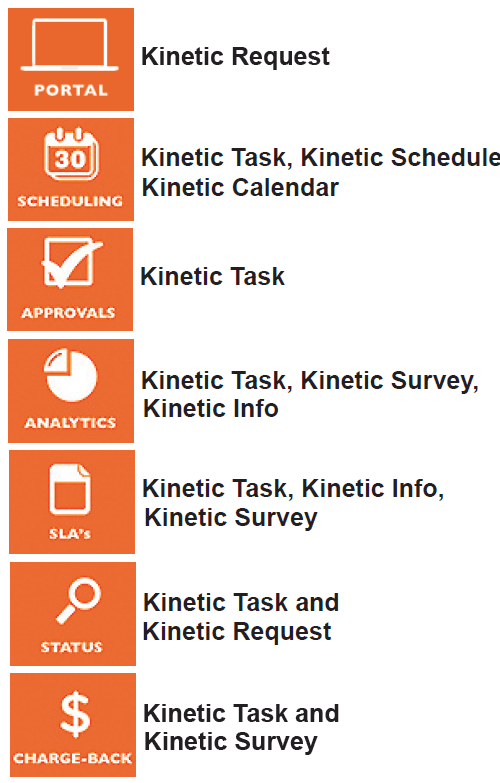Enterprise request management (ERM) is a business efficiency strategy that combines an intuitive Web portal interface with integrated business process automation to improve delivery of business services and ensure first-time fulfillment. ERM enables organizations to implement actionable self-service to accelerate business service delivery and reduce costs while dramatically improving the customer experience.
 Shared services groups (IT, HR, facilities, accounting, etc.) typically design their services and delivery processes around their own preferences and convenience. As a report from Interactive Intelligence Group puts it, “Many firms perform their business processes with no attempt to delight the customer.” Typically, each functional area has its own systems and processes in place for delivering services.
Shared services groups (IT, HR, facilities, accounting, etc.) typically design their services and delivery processes around their own preferences and convenience. As a report from Interactive Intelligence Group puts it, “Many firms perform their business processes with no attempt to delight the customer.” Typically, each functional area has its own systems and processes in place for delivering services.
These approaches are function-centric rather than customer-centric. They require users to learn and use multiple methods for requesting the services they need, and to “manage” their own service requests (e.g., following up with emails and phone calls to “see where things are at” and keep needed approvals and processes moving along). The result of these inconsistent and manual processes is frustration and lost productivity.
The negative impacts of this “siloed” approach to service management are multiplied for complex requests that require services from multiple departments—for processes such as onboarding a new employee or coordinating resources for a development project.
Requiring employees to learn and use different systems, forms, and workflow processes delays fulfillment and increased training costs. And if these disparate functional systems don’t communicate with each other, error-prone manual data re-entry is required, leading to further inefficiencies, as well as to redundant and potentially mismatched data in different systems.
A new white paper, How Kinetic Data Products Support Enterprise Request Management, describes the technology components required to implement an ERM strategy, and more specifically how Kinetic Data software applications support key operations in the ERM framework.
A previous white paper, The Technology Behind Enterprise Request Management, defined the software components required to implement ERM in generic terms. This new white paper covers much of the same ground, but focuses specifically on how Kinetic Data products support an ERM strategy and where each of the company’s products fit within the end-to-end ERM model.
